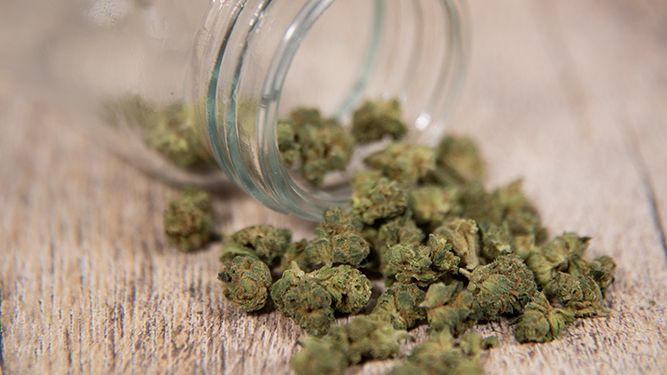Since the wave of state-level cannabis legalization began—California’s 2016 Proposition 64 ushering in a regulated recreational market by early 2018—cultivation and strain development in the U.S. have undergone profound transformation. What once existed largely underground has emerged under laboratory conditions, with advanced breeding, genetic tracking, and industrial cultivation methods reshaping the plant both chemically and culturally.
Genetics and Strain Standardization
Pre‑legalization, definitions of strains were often unreliable, based more on marketing than genetic reality. Studies using microsatellite analyses revealed significant inconsistencies in strain identity across dispensaries, with many “same” named strains showing little genetic overlap. The legal market drove demand for verifiable genetics, creating opportunities for firms like Steep Hill—one of the first cannabis analytic companies—to build large chemical and genetic databases aimed at sequencing the plant and stabilizing strain lineage.
Rise of Autoflower Varieties & Hybrid Breeding
Legalization also accelerated the refinement of autoflowering genetics. Particularly prized for their short growth cycles and suitability for commercial scale, autoflower strains now routinely yield THC levels comparable to photoperiod varieties. Recent genome-wide association studies (GWAS) have pinpointed mutations in genes such as PRR37 that govern flowering timing, enabling more predictable commercial harvests. Meanwhile, breeders prioritize traits like cannabinoid ratio, yield, disease resistance, and harvest speed to meet the demands of dispensary shelf standards.
Streamlining Cultivation Practices
Prior to legalization, small-scale growers relied on traditional sinsemilla techniques. Legal markets have professionalized production with standardized protocols, pest control, seed-to-sale tracking, and environmental monitoring. Regulatory guidance such as California’s cultivation rules and the Appellations of Origin initiative promote both transparency and the terroir-based distinction of craft cannabis in regions like Humboldt and Mendocino.
Concurrently, large indoor facilities equipped with regulated lighting, HVAC, and water systems have become more common, supporting consistent yields but also raising concerns about energy usage—indoor cultivation reportedly accounts for up to 1% of total U.S. electricity consumption.
Homogenization versus Biodiversity
While legalization drove growth, market pressures may be shrinking overall genetic diversity. A June 2025 study found that the emphasis on rapid-maturing, high‑THC strains has led to a genetic “bottleneck” in cannabis breeding, resulting in fewer unique genotypes across the legal market. Many breeders and conservation advocates worry that older “landrace” genetics and rare regional phenotypes are being lost in favor of commercially optimized cultivars. Reddit‑based conversations echo this, with users noting that older strains often offered bigger yields and stronger morphology than the newer “30% THC” varieties, despite mainstream hype.
Impact of Legalization in Humboldt and Beyond
Humboldt County’s storied legacy of small‑scale, clandestine cultivation illustrates the transition from counterculture to corporate cannabis. Following recreational legalization in California, large commercial farms displaced many legacy growers. Regulations, heavy taxes, and competition drove some cultivators out of business or back into illicit markets. In response, industry advocates launched appellation systems (akin to wine regions) to protect regional identities, preserve strain heritage, and support smaller farmers who continue traditional breeding practices.
Modern Genetic Tools and Agricultural Innovation
Academic research into Cannabis sativa genomics has surged since the mid‑2010s. A 2021 review noted the emergence of gene-editing, GWAS, and advanced molecular breeding tools for improving desirable plant traits such as cannabinoid composition and disease resistance. Growers now select for morphology: shorter stature, higher node density, floral abundance, and cannabinoid profiles tailored to medical and recreational purposes. These modern techniques contrast starkly with the more haphazard hybridization of illicit markets.
Looking Ahead: Sustainability and Diversity
As the cannabis industry continues evolving, sustainability and genetic preservation have become priorities. Researchers and growers advocate returning to outdoor cultivation where suitable—reducing energy footprints and benefiting environmental health. Others push for seed banking of rare genetics and breeding programs resistant to pathogens and monoculture risks.
Ultimately, legalization ushered in an era of science‑based cultivation, precise breeding, and regulatory oversight. But it also presents challenges: commercial standardization risks sidelining diversity and local craftsmanship. The future for cannabis genetics likely hinges on balancing innovation and scale with stewardship of strain heritage and ecosystem-friendly cultivation.


